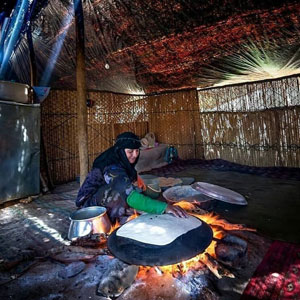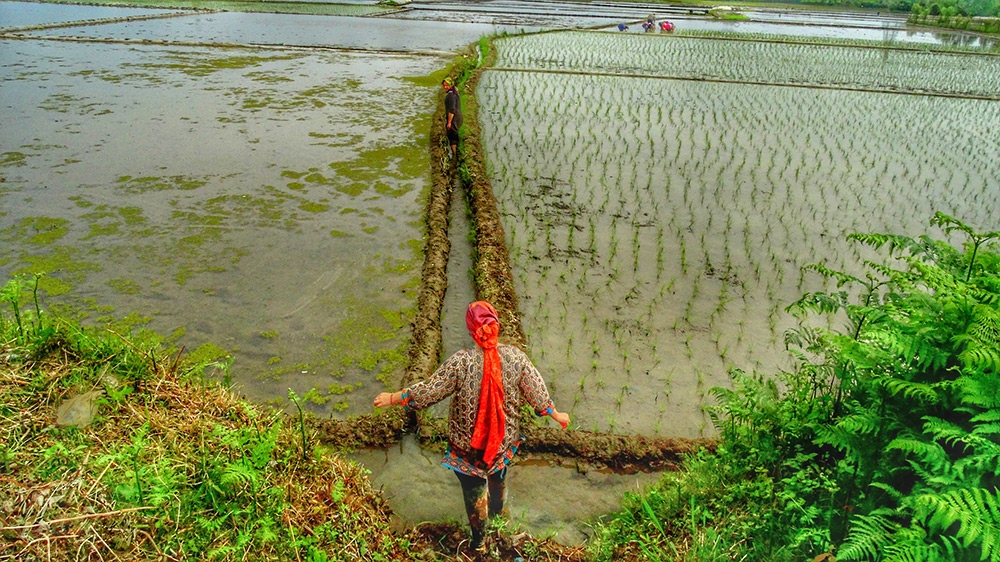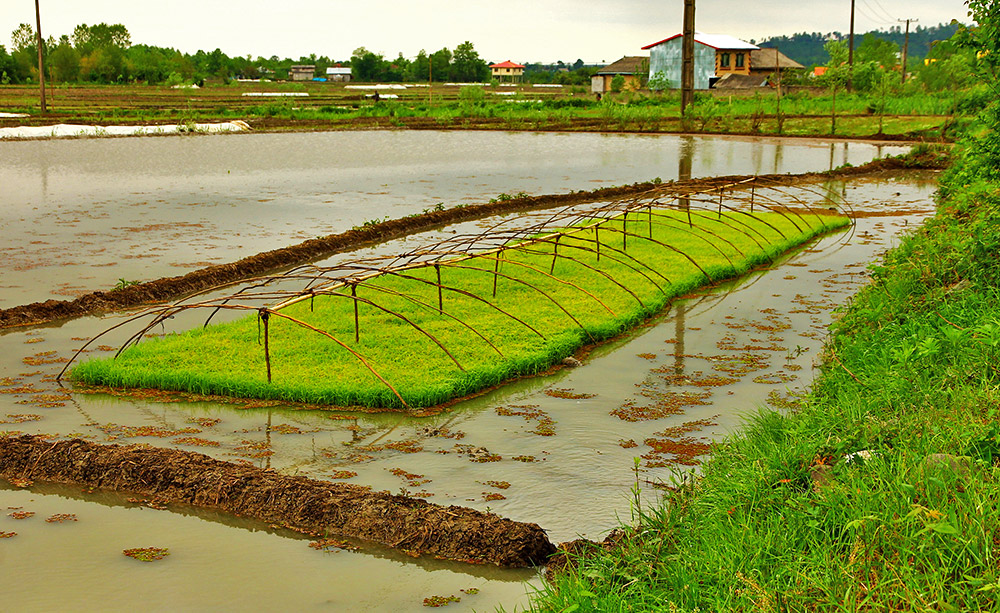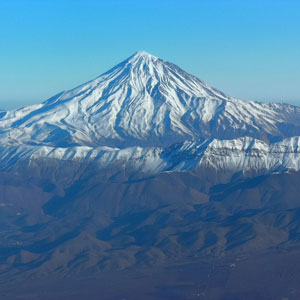 Signin with Google
Signin with Google Signin with Facebook
Signin with Facebook
 Activities,Culture
Activities,CultureIran Rice Harvesting

Rice is a dominant member of Persian tables either served as “Polo” which is a combination of rice with various vegetables and meat or as a complimentary next to one of the many famous Iranian stews. The cooking is quite easy, however; the cultivation is a delicate and sensitive process. This lovely process is called “Shali-Kari” in Persian, Shalizar is the paddy field and Shalikar is the one whose occupation is working in rice Shalizar.
The story of Iranian rice in the northern part
Beautiful paddy fields soothe your eyes, as you drive through the greenery of the Northern provinces of Iran. There are mainly two methods for rice cultivation, “direct” and “seedling”. Gilan and Mazandaran provinces are the cradles of rice cultivation in Iran and in these provinces seedling method is the dominant method.

The rice buds are prepared a year earlier and stored in clusters locals call “Shaltook”. These Shaltooks are stored in a completely dry place to prevent any unwanted occurrence such as mildew, insect and mice invasion. Transplanting rice Seedling timing differs in Northern provinces which is around late March and early April when the weather is getting warmer. Depending on the amount of the seeds, water is poured into a container or a pool and then salt is added.
The “Shaltook”s are then put into the saltwater dilution and perfectly stirred until the lighter and heavier seeds are separated with heavier ones sinking to the bottom. The heavier the seeds are the better they are for the seedling.
Healthy seeds are collected from the water, rinsed with pure water and washed away any trace of salt on the seeds. They are then poured into gunnysacks until semi-full, as the seeds will swell and increase in size. Gunnysacks are then sunk into a water pool and they’ll let it sit for 2-3 days depending on the temperature. Seeds absorb more water which is why they keep adding water to the pool until it’s time for the gunny sacks to come out.
These going to be tasty food seeds are spread over a cotton cloth laid outdoor and covered with a layer of felt until germinated. The warmer the weather the sooner the seeds sprout. These sprouted seeds are now ready to enter the next level which is planting in a place called “Khazaneh”.
The prominent duty of Khazaneh
“Khazaneh” is a small enclosed piece of land inside or outside of the main rice paddy field, furrowed at the end of autumn and fertilized late winter before cultivation season. This piece of land is divided into smaller divisions called “Kart” (Local name), water is poured in these “Kart”s until it’s about 3 centimetres deep and the seeds will be densely sprinkled over these areas. In Gilan province after three days, the Karts are emptied from water and burnt stubbles are spread over the seeds as they have multiple benefits such as preventing direct sunlight to the seeds and avoiding bird and insect invasions.

From this point on for about 4-5 days, the irrigation is done during the day but the water is taken out at the sunset. At times they spread a layer of plastics over this small piece of land at night to protect them from cold or probable temperature drops. Thereafter the irrigation is stopped for 25-30 days until the seeds are grown into 15- 20 cm tall plants and ready to be planted in the main rice field.
In Gilan province, the rice field is furrowed twice before the cultivation season, once during autumn or late winter and once in spring. Some areas utilize ploughshares for furrowing their fields because this good old buddy is quite experienced and dates back to even before Christ.
Waiting's over, Time for cultivation
Cultivation season in Gilan province starts from early May until mid-May. These teenage plants are watered before picking to soften the soil and then they are picked from the “Khazaneh” with their roots attached. In Gilan province, this momentous responsibility is entrusted to women and in Mazandaran province, skilled men undertake paddy picking.

Depending on the strength of the paddies 2 to 7 of them are perfectly planted all in one place. For the first month, the paddies' feet must always be in the water but later they periodically irrigate it until around harvest time when they stop the irrigation process in order to dry up the field and prepare it for harvest. Now that the field is dry the rice is ready to be harvested either by hand or combine machine.
As you see this long and delicate process requires lots of nurturing and care which is why we have a habit of not leaving a tiny bit of rice left on our plates.
By Sara Kheirdoust / TasteIran



